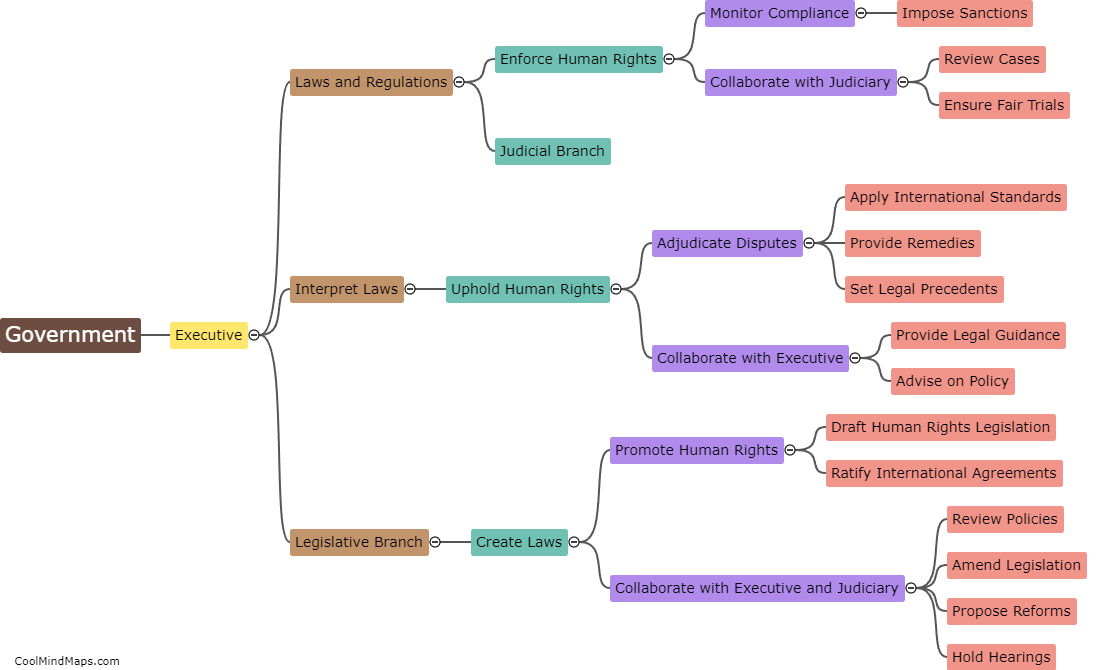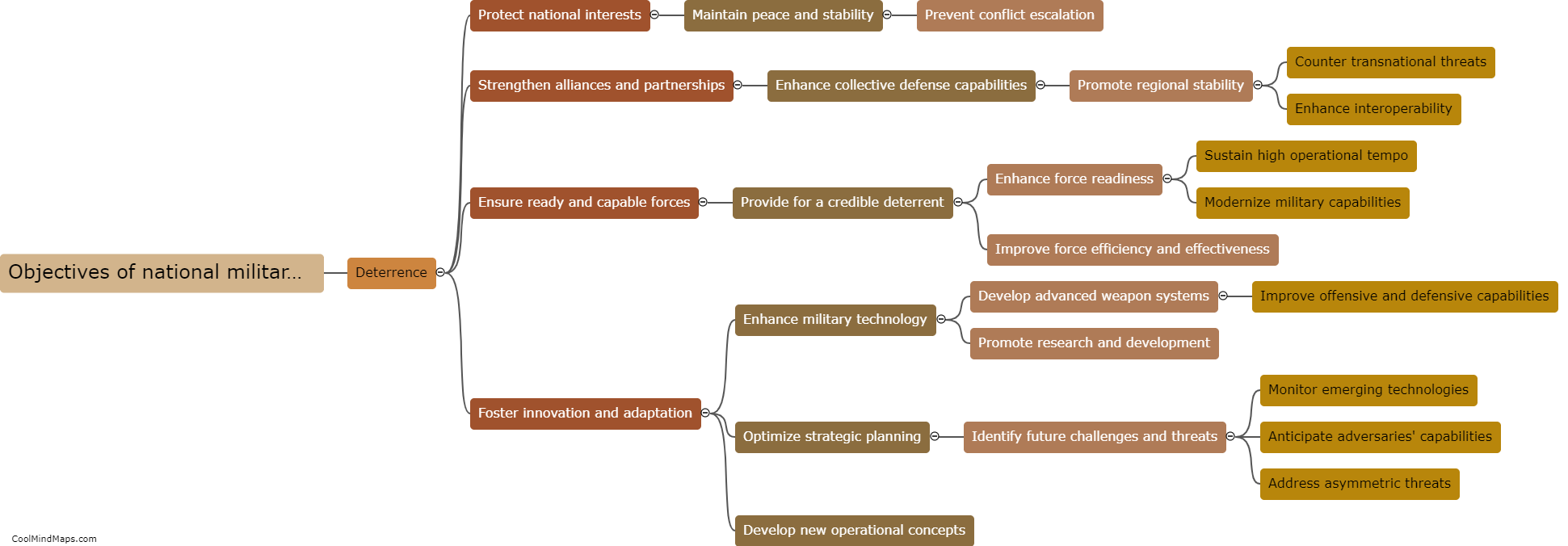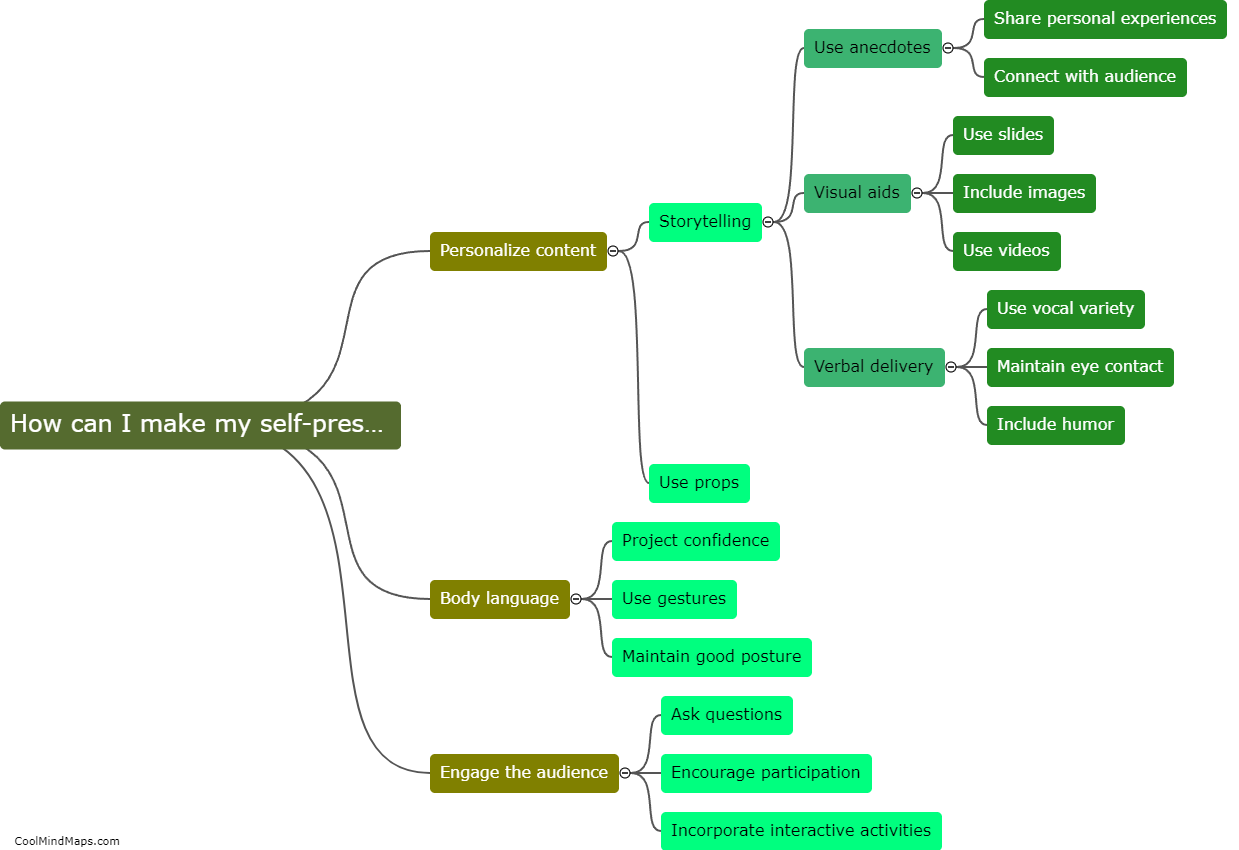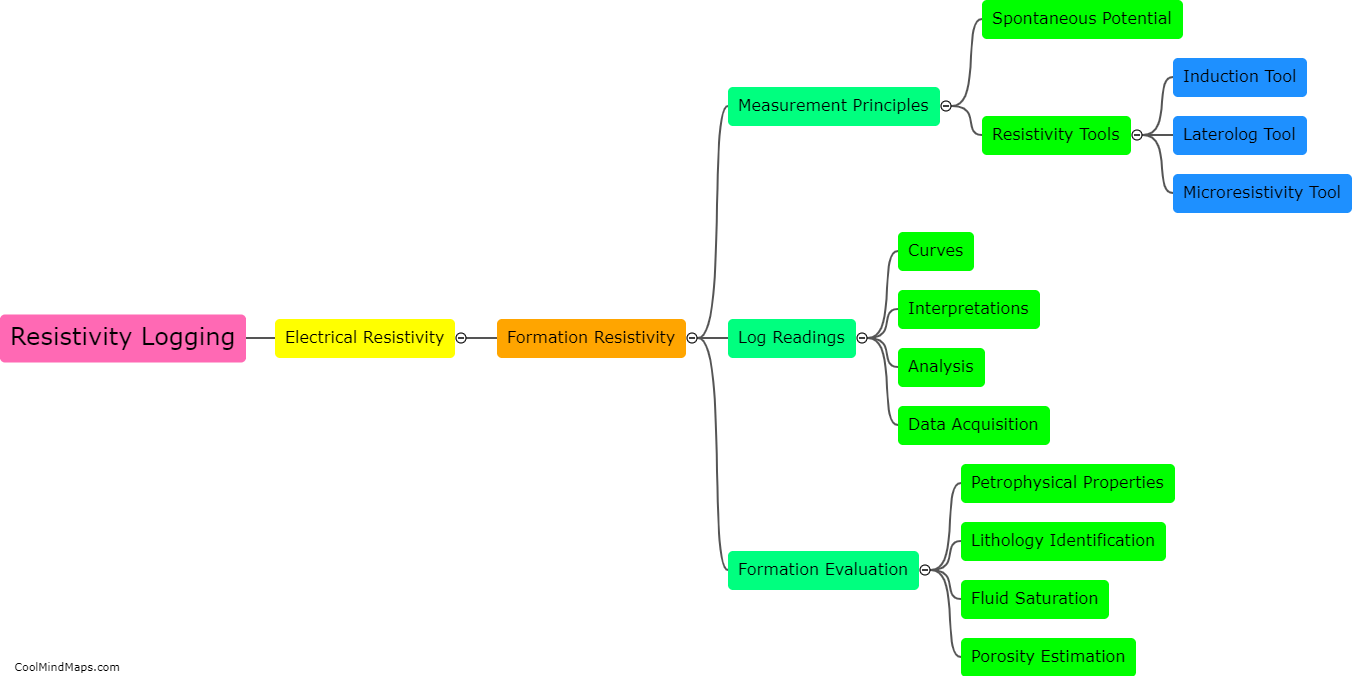What are the key components of reservoir log interpretation?
Reservoir log interpretation is a vital part of the oil and gas industry that involves analyzing well log data to understand the properties and characteristics of subsurface reservoirs. The key components of reservoir log interpretation include log types, data acquisition, calibration, and log analysis. Different types of logs, such as gamma-ray, resistivity, and porosity logs, provide valuable information about the lithology, fluid content, and permeability of the reservoir. Data acquisition involves recording these logs during well drilling and ensuring the quality and accuracy of the collected data. Calibration involves comparing log responses to known rock and fluid properties to establish a quantitative relationship. Finally, log analysis involves interpreting the log data to estimate key reservoir parameters like lithology, fluid saturations, and porosity, which are essential for reservoir characterization and production planning. Overall, reservoir log interpretation plays a crucial role in optimizing hydrocarbon recovery and making informed decisions about reservoir development.
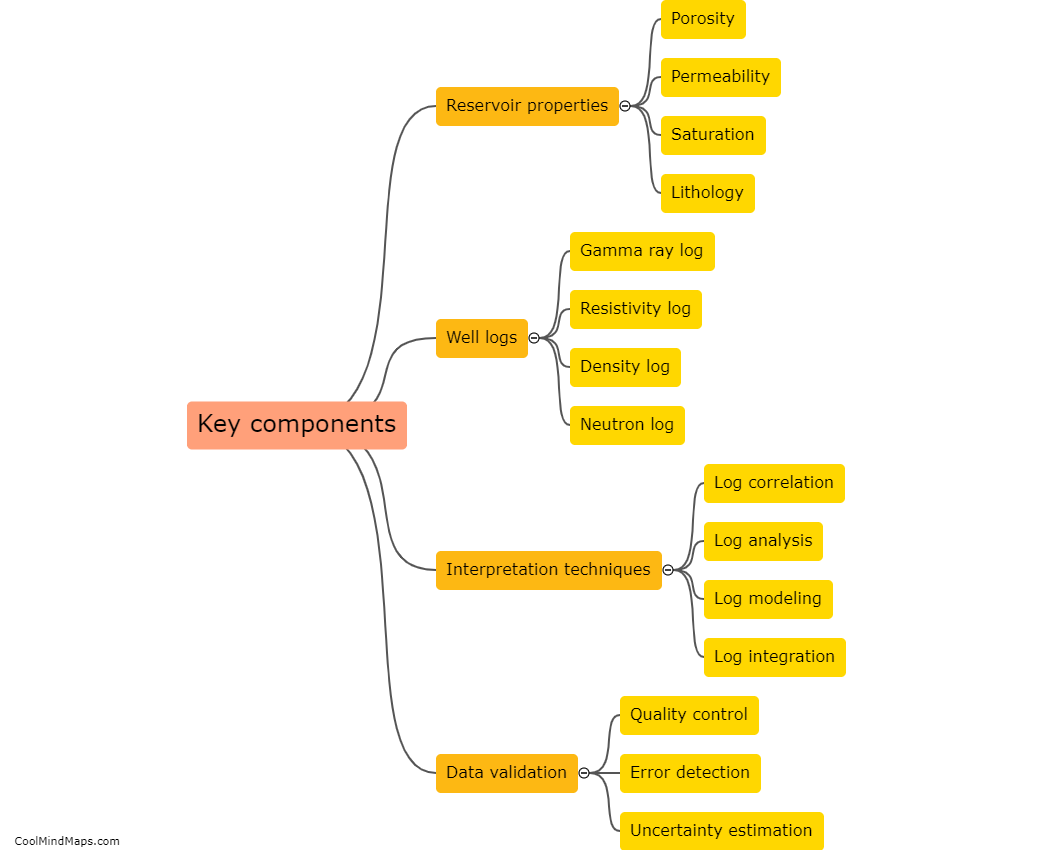
This mind map was published on 3 November 2023 and has been viewed 95 times.



